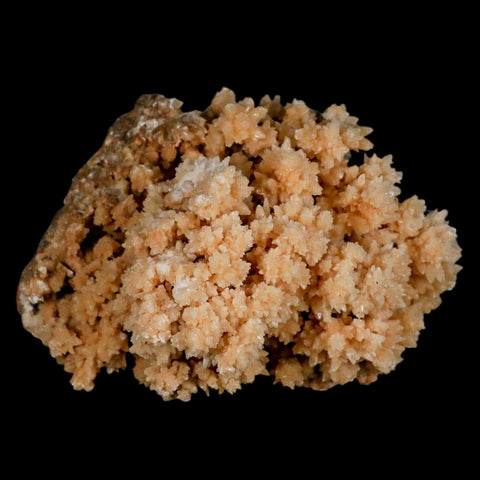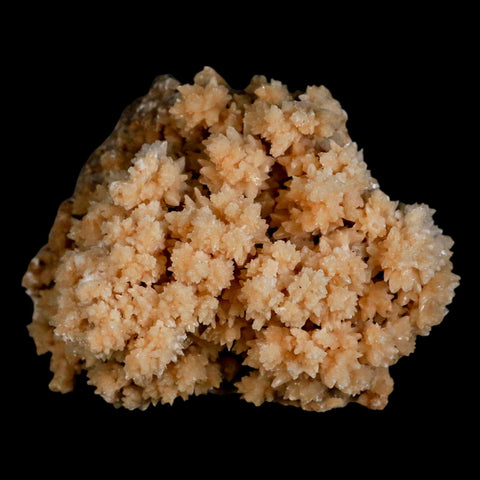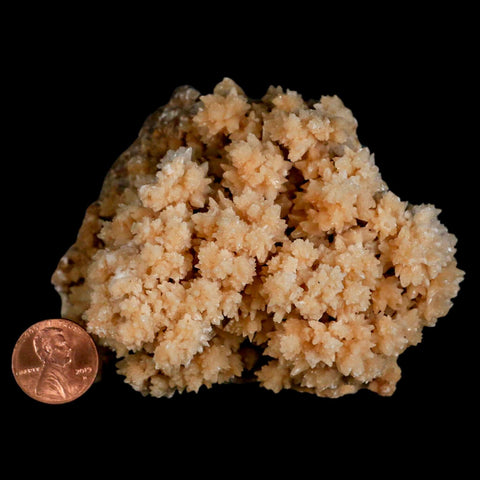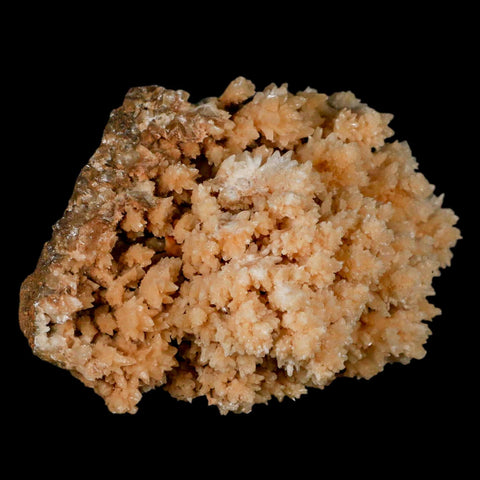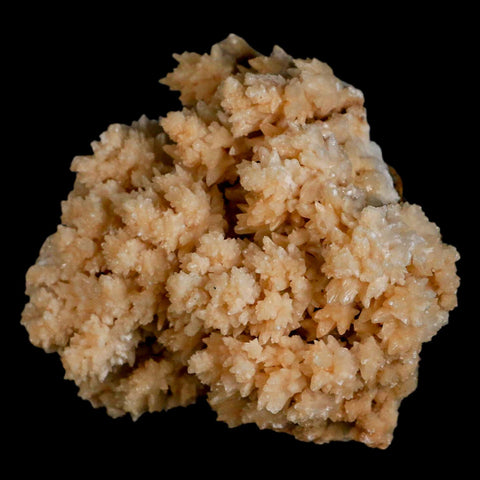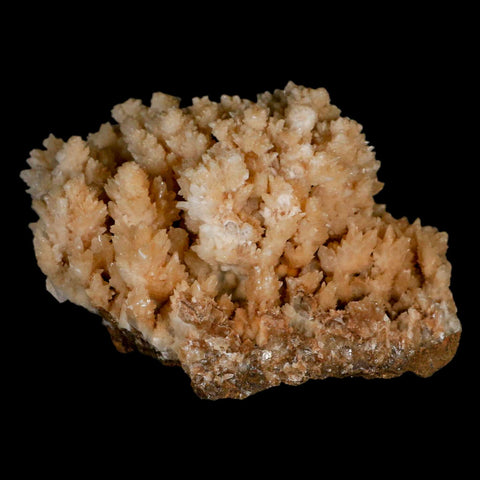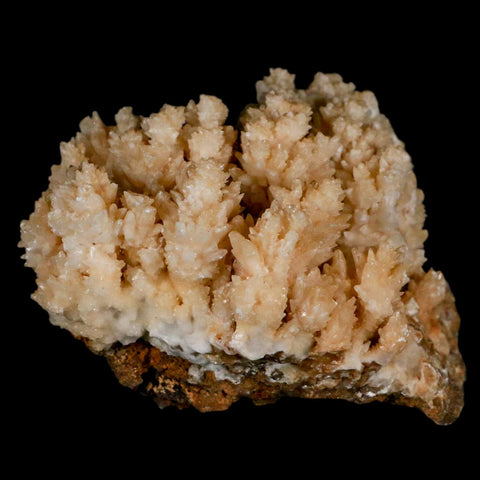3.7" Botryoidal Aragonite Cave Calcite Crystal Cluster Mineral Specimen Morocco
Location: Morocco
Weight: 11.8 Ounces
Dimensions: 3.7 Inches Long, 2.8 Inches Wide, 2.4 Inches Wide
The item pictured is the item you will receive
Without Aragonite, many of Earth’s organisms could not exist. This is a mineral most invertebrate organisms use to construct their shells and hard parts. So if you have ever admired a colorful seashell, you have already paid tribute to the range of colors Aragonite comes in and indirectly to the ease with which Aragonite forms at the Earth’s surface.
Aragonite and calcite are fascinating polymorphs—sharing the same chemical formula but flaunting subtly different crystal structures. These mineral twins often appear side by side, nearly indistinguishable except to a keen geologist’s eye. While calcite reigns as the more stable and abundant form in today’s seas, there was a time in Earth’s dramatic past when aragonite took the crown. Despite their rivalry, their physical traits are almost identical, making these minerals a thrilling puzzle of nature’s design.
Calcite is a calcium carbonate mineral with a hardness of 3. It comes in a wide variety of forms and colors and is found on every continent of the world. Calcite makes up the major part of marble and limestone. Yellow Calcite usually occurs in massive rather than crystalline form, and the best specimens come from Mexico.
Calcite, named after the Greek word “chalix” meaning lime, appears in a beautiful range of colors such as red, green, orange, yellow, blue, pink, clear, black, and white. It is one of the Earth’s most abundant minerals and forms the foundation of limestone and marble. Calcite exists in many shapes and develops in various geological environments. Some types can glow blue or red under UV light. This versatile mineral has been used in making cement and mortar, and its clear, transparent crystals have been valuable in crafting gun sights and geological microscopes.


